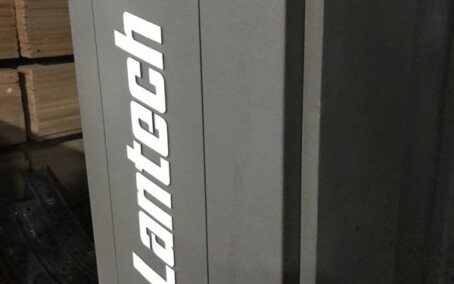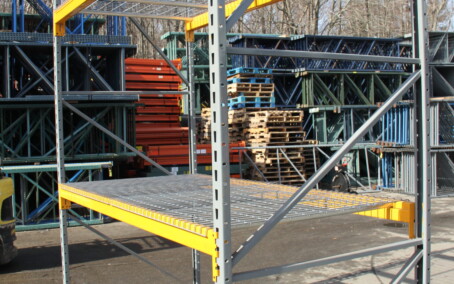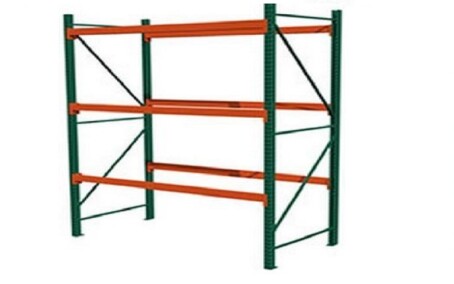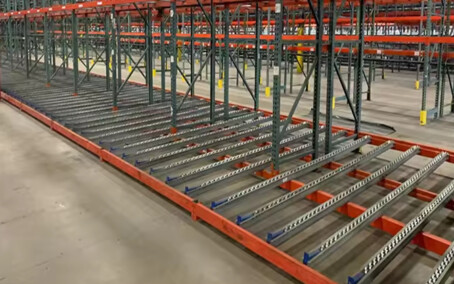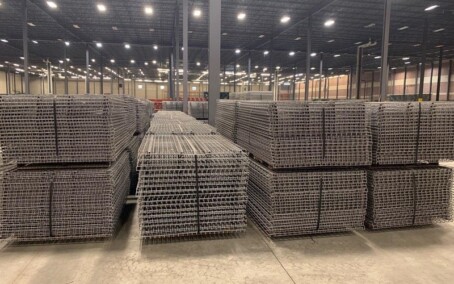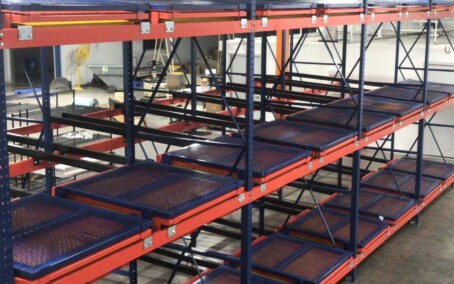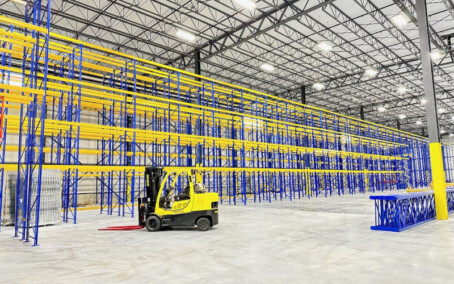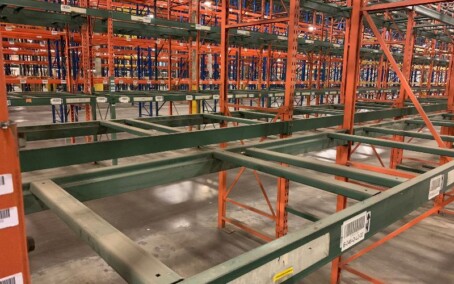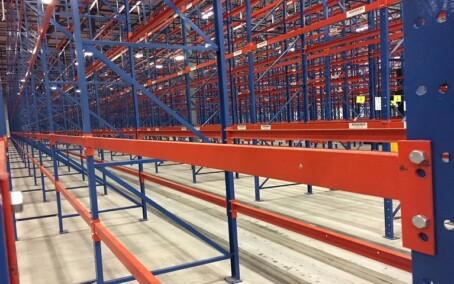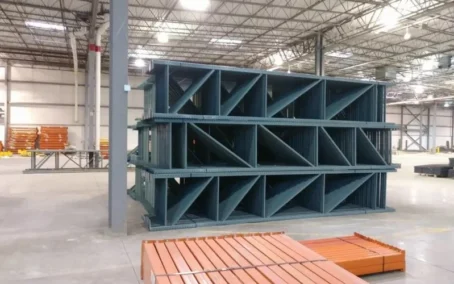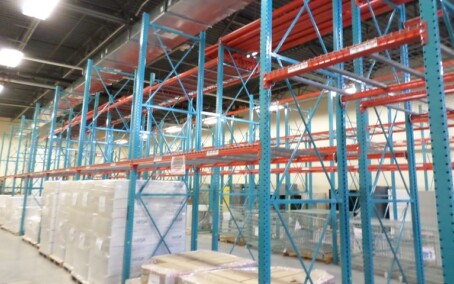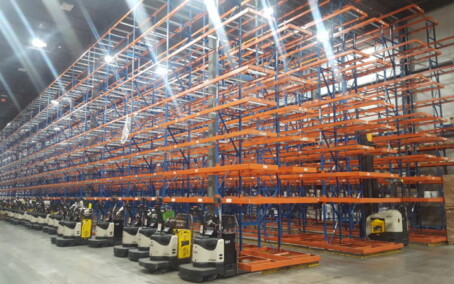The Strength and Versatility of Steel Strapping and Metal Banding in Packaging
In an era where efficient and secure packaging solutions have become paramount, steel strapping and metal banding play a crucial role. These robust materials offer unparalleled strength, durability, and versatility in securing and stabilizing goods during transportation and storage. From heavy-duty industrial applications to everyday household needs, steel strapping and metal banding provide reliable packaging solutions that ensure product integrity and minimize the risk of damage or loss.
Key Benefits of Steel Strappings and Metal Banding
When it comes to securing heavy loads or fragile items, nothing matches the strength and reliability of steel strapping and metal banding. Here are some key benefits they offer:
a) Superior Strength: Steel strappings and metal banding exhibit exceptional tensile strength, ensuring that packages remain tightly secured throughout transit.
b) Durability: With excellent resistance to weather conditions, abrasion, and impact, these materials guarantee prolonged protection during storage and transportation.
c) Versatility: Steel strapping and metal banding can be used in various industries, such as construction, shipping, manufacturing, and even recreational activities like camping.
These materials find extensive use in a wide range of industries due to their versatility and reliability. Some notable applications include:
a) Construction Industry: Steel strappings are often utilized to secure heavy construction materials, timber, and pipes, providing stability during shipping.
b) Shipping and Logistics: Metal banding ensures safe handling and secure stacking of palletized goods, preventing shifting or toppling during transportation.
c) Manufacturing and Warehousing: Steel strappings are ideal for bundling products together, managing inventory, and improving overall efficiency in warehouses.
To maximize the benefits of steel strappings and metal banding, it is important to follow these best practices:
a) Choose the Right Strapping Material and Size: Consider the weight, dimensions, and nature of the load to determine the appropriate strapping material and size that will provide optimal strength and security.
b) Use Appropriate Tools: Utilize tensioners, sealers, and cutters designed for steel strapping and metal banding to ensure proper sealing and tensioning.
c) Follow Safety Measures: Wear protective gloves and eyewear when handling steel strapping due to its high tension. Additionally, train employees on safe handling techniques to prevent accidents.
Environmental Considerations in Steel Strapping and Metal Banding
While steel strappings and metal banding offer strength and durability, their environmental impact should also be considered. Choosing eco-friendly clips and suppliers who follow environmental rules reduces waste and promotes packaging sustainability. One way to reduce waste is by opting for recyclable or reusable clips for securing the steel strapping and metal banding. These clips can be easily recycled after use or reused multiple times, reducing the amount of waste generated.
Promoting Sustainability in Packaging with Steel Strapping and Metal Banding
By incorporating these environmentally friendly practices into your packaging operations, you can contribute to waste reduction and promote sustainability. It’s essential to be mindful of the environmental impact of packaging choices and strive towards more eco-friendly solutions.
The Impact of Steel Strapping and Metal Banding on Secure and Sustainable Packaging
Steel strappings and metal banding are essential for secure packaging. Their strength, durability, and versatility offer ideal choices for various applications. By following best practices and considering the environment, businesses ensure product safety and contribute to sustainable packaging. These materials redefine how products are bundled and protected, ensuring safe delivery. Adhering to best practices and eco-friendliness safeguards products and promotes sustainable packaging. Steel strapping and metal banding make a lasting impact on products and the environment, not just containment.
Elevating Packaging Reliability with Steel Strapping and Metal Banding
Whether securing heavy loads in construction or shipping delicate items across vast distances, steel strappings offer unmatched reliability and peace of mind. Embrace these packaging solutions and experience the benefits they bring to your operations.





